Molly Fry fish are popular among aquarium enthusiasts due to their vibrant colors and peaceful temperament. These small, tropical fish are known for their playful nature and ability to adapt to various water conditions.
Molly Fry fish are prolific breeders, making them a great addition to any breeding program or community tank. Here we will cover everything you need to know about breeding and taking care of Molly-Fry, including their life cycle, birth, early stages of life, essential care steps, filtration requirements, and common challenges faced in their care.
We will also address the importance of water temperature and when to introduce them to the main tank. So if you’re ready to take on the challenge of raising these adorable little fish, read on.

How To Take Care Of Molly Fry
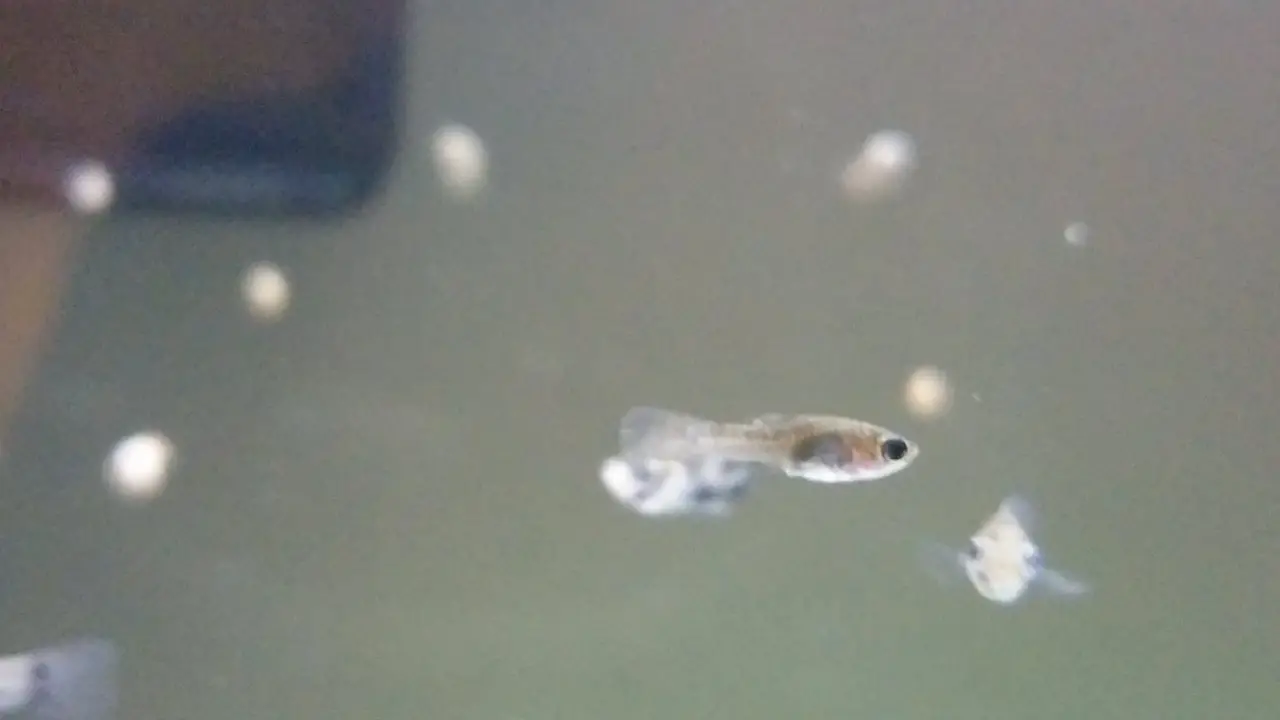
Molly-Fry refers to the juvenile or baby Molly fish commonly found in freshwater aquariums. These small fish require proper nutrition and water quality to ensure their health and growth. Separating them from adult fish is advisable to prevent predation or bullying.
Setting up the breeding tank is crucial for successfully breeding molly fry. You must ensure the proper tank size, water quality, and temperature. Feeding the fry is also essential for their growth and survival.
Provide them with the right amount and frequency of food, including live food like brine shrimp or daphnia. Separating the fry from adult fish is important to prevent competition for food and space. Monitor water parameters closely to avoid health issues for the fry and adult mollies.
The Life Cycle Of Molly Fry
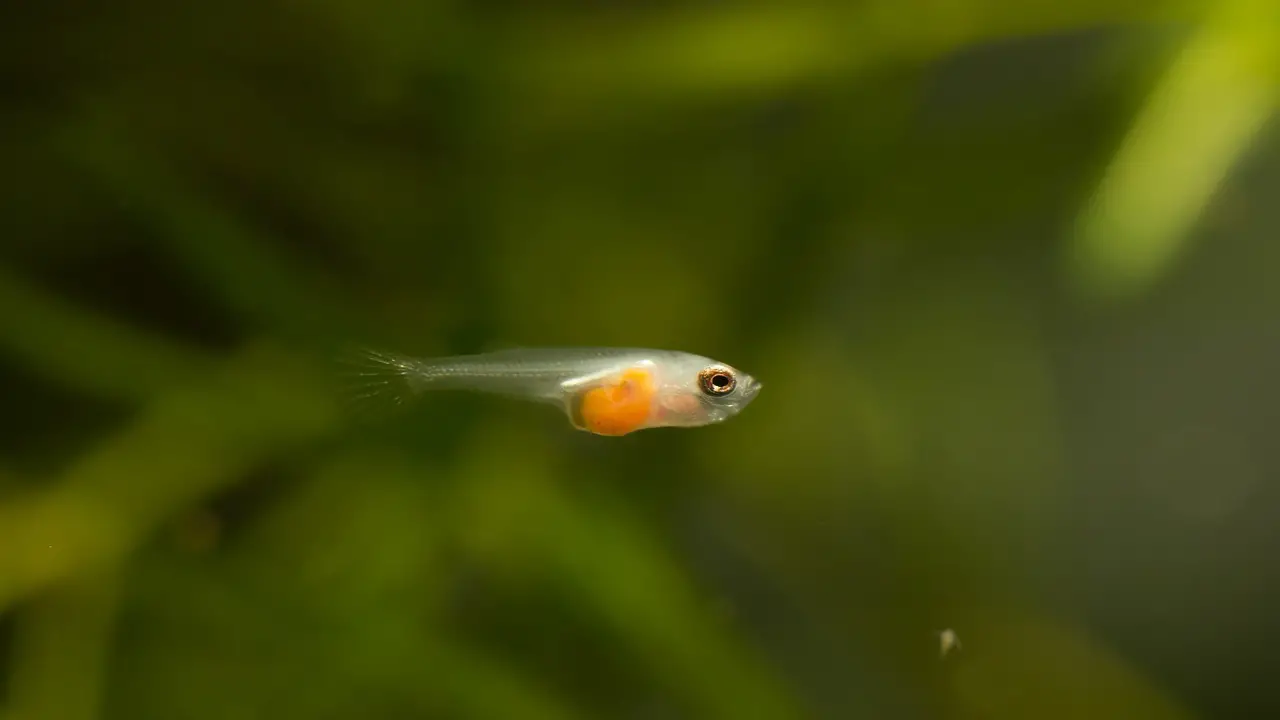
Molly-Fry typically hatch after a gestation period of 20-25 days. These tiny, vulnerable fry require special care and isolation from adult fish. Initially, they feed on infusoria and gradually transition to newly hatched brine shrimp and finely crushed flakes.
As the fry grows, their space requirements increase, and they need a varied diet to reach maturity. Molly-Fry can develop into healthy adult fish with proper attention and care. Understanding the life cycle of Molly-Fry is essential for successfully raising these delicate creatures.
The Importance Of Caring For Molly Fry
Proper care for Molly-Fry is vital for their survival and growth. Ensuring adequate feeding, clean water, and regular tank maintenance is crucial for their well-being. The quality of care they receive directly impacts their growth rate, so providing them with the necessary attention is essential.
Failing to provide proper care can result in stunted growth or even death. However, caring for your Molly-Fry can be an enriching experience, leading to successful breeding outcomes. You can help them thrive in their aquarium environment by prioritizing their care.
The Birth And Early Life Of Molly-Fry
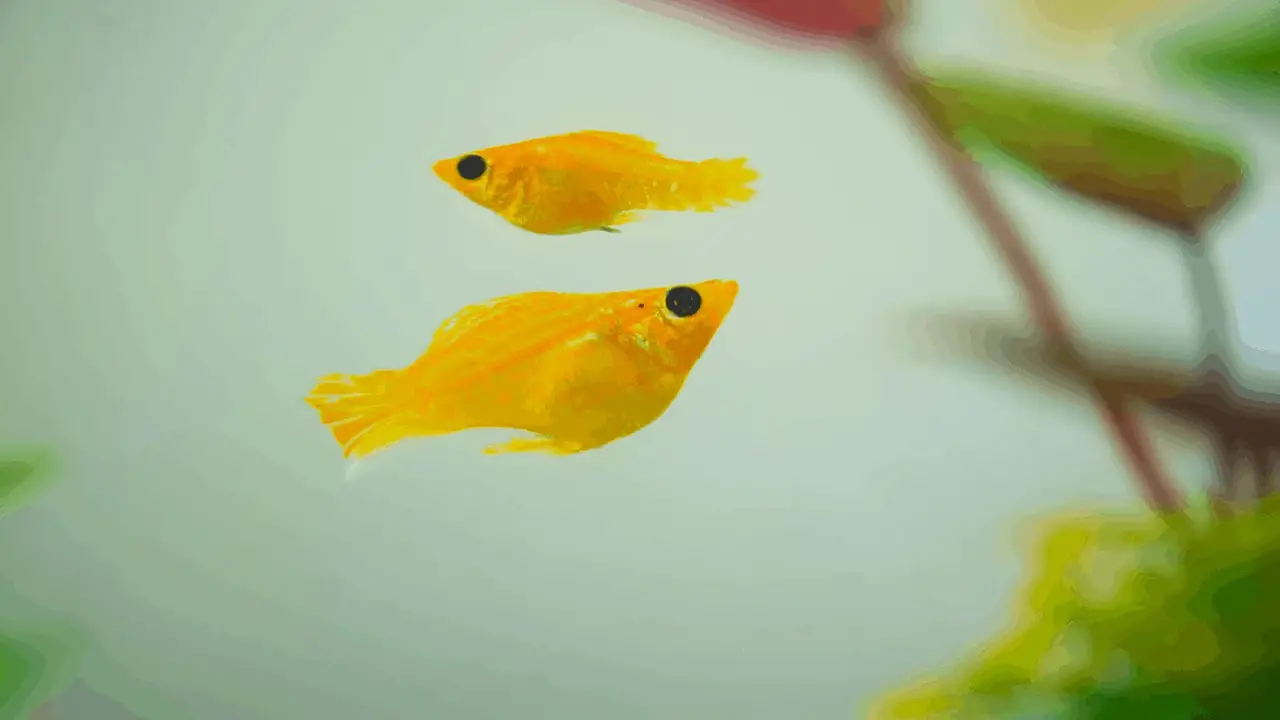
Unlike some other fish, Molly-fry are born live and fully formed without needing eggs or external fertilization. It’s quite fascinating! A pregnant molly can give birth to anywhere from 10 to 100 fry at once, depending on various factors. To ensure their survival, it’s essential to separate the fry from adult fish as soon as possible.
This helps prevent predation and competition for food. Feeding the fry small amounts of high-quality food several times daily is crucial for their growth and overall well-being. Maintaining clean water conditions and closely monitoring their behavior and development are essential for their health.
How Is Molly Fries Born?
Molly fries are unique in that they are born through internal fertilization, unlike most fish that lay eggs. Female mollies have the ability to birth up to 100 fry at once, and these newborns can swim independently right after birth. However, separating them from adult fish is important to prevent predation and ensure their safety and growth.
Providing a separate tank or breeding box for the fry with appropriate water conditions and food will significantly increase their chances of survival. It is also recommended to monitor the fry closely and remove any sick or weak individuals from the tank to prevent the spread of disease.
Early Stages Of Molly-Fry Life
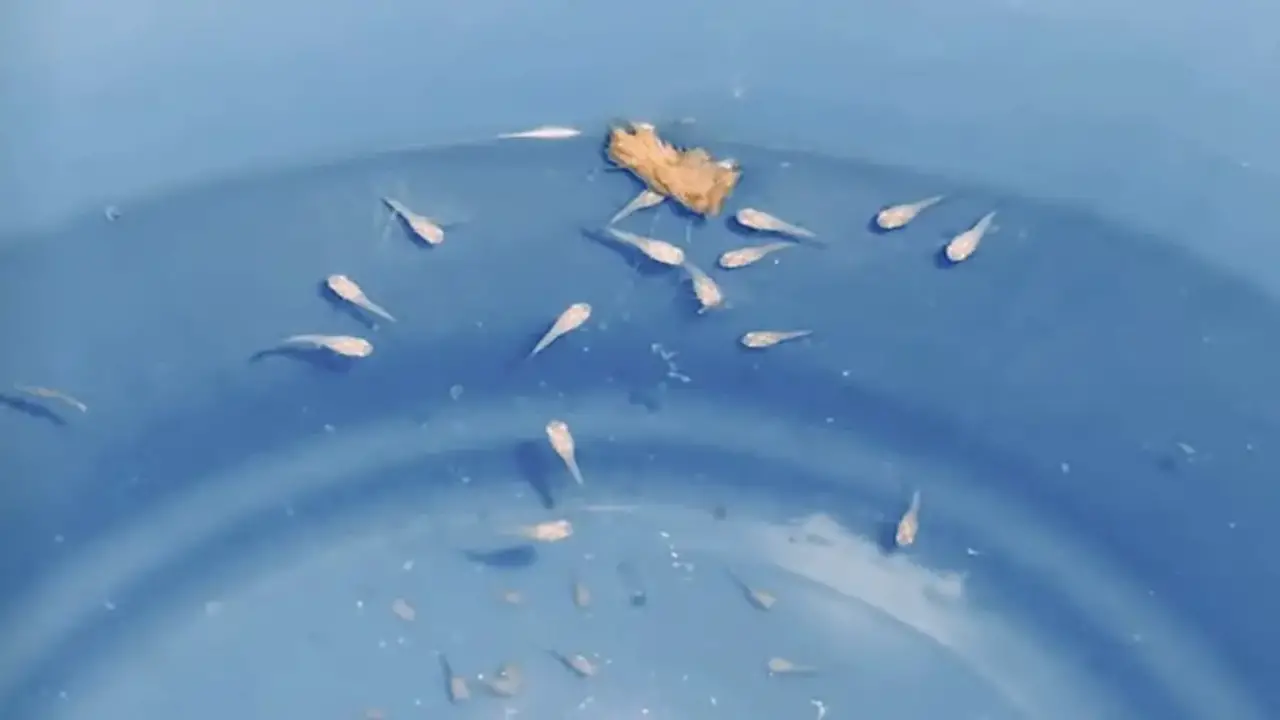
Creating the perfect environment is crucial for the early stages of Molly’s fry life. These baby mollies require clean and healthy surroundings to thrive. Providing them with proper feeding is essential to support their growth and development. Regular water changes and good filtration are essential for maintaining optimal water quality in the aquarium.
Separating the fry from adult fish is necessary to prevent predation and competition for resources. Additionally, monitoring the fry for any signs of illness or deformities is crucial for ensuring their long-term health.
Essential Care Steps For Molly-Fry
To ensure the health and well-being of Molly-Fry, it is crucial to provide them with a clean and spacious tank that has good water quality. This will create an optimal environment for their growth. Additionally, feeding them a diet of small, nutritious food is essential for their development.
You can address potential issues early by monitoring their behavior and observing any signs of illness or stress. It’s also essential to control the temperature and lighting in the tank to mimic their natural habitat. Once they reach a certain size and maturity level, gradually introduce them to the main tank.
How Long Does Molly-Fry Stay In The Breeding Box?
The duration for which Molly-fry stays in the breeding box is normally between 2-4 weeks, which depends on factors such as the size of the box and the number of fry. After they can swim independently, removing them from the breeding box is essential to avoid overcrowding and health problems.
Overcrowding can lead to poor water quality, increasing the risk of diseases and stress for the fry. Additionally, removing them from the breeding box allows them more space to swim around, which is crucial for their growth and development.
The Role Of Filtration In Molly-Fry Care
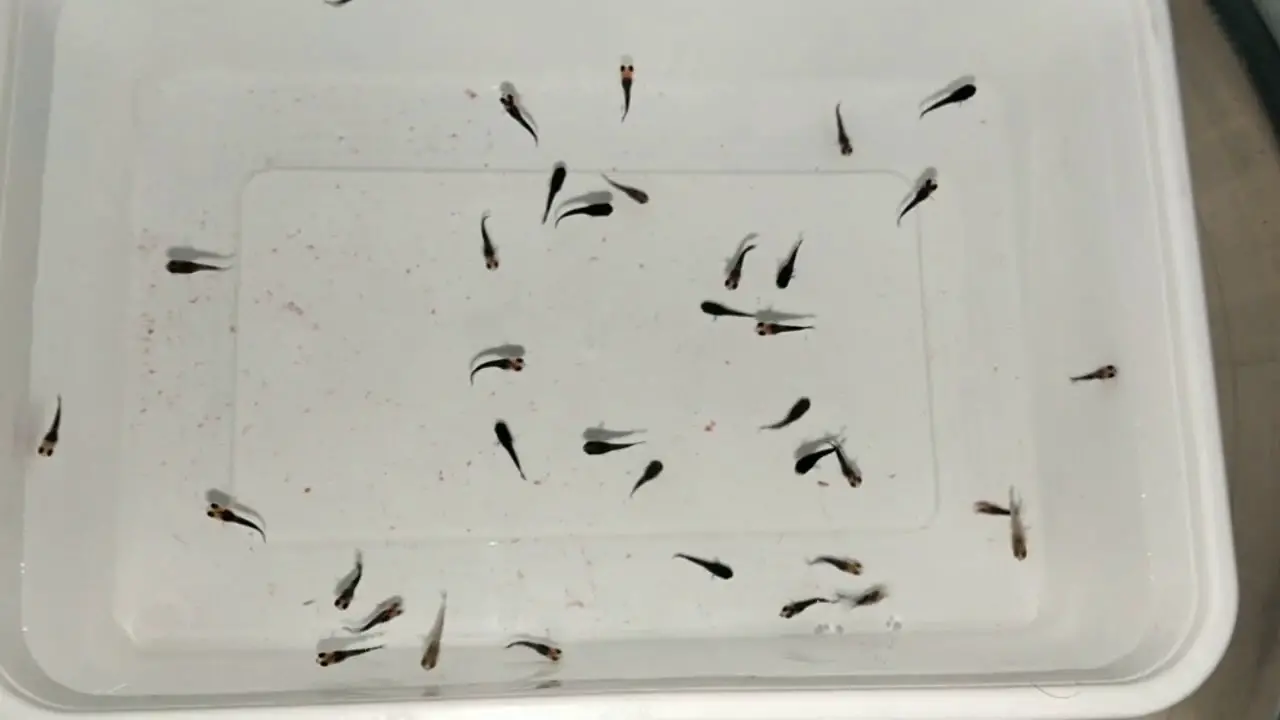
Maintaining water quality is crucial for the health and well-being of molly-fry. Filtration plays a significant role in achieving this. However, choosing a filter that doesn’t create a strong current is essential, which can be challenging for the fry to swim against.
Sponge filters are highly recommended for molly-fry tanks as they provide gentle filtration without disturbing the delicate fry. Additionally, regular maintenance of the filter is essential to ensure optimal performance. Ensuring proper filtration can prevent diseases and promote healthy growth in your molly-fry.
When To Introduce Molly-Fry To The Main Tank?
When introducing Molly-Fry to the main tank, it is important to ensure they have grown big enough to avoid being eaten by other fish. Before introducing them, you should wait until they are at least 1 inch long. To prevent any potential stress or aggression, it is advisable to gradually integrate them into the tank while keeping a close eye on their behavior. This will allow them time to acclimate to their new surroundings and reduce the risk of harm inflicted by other fish in the tank.
Common Challenges In Molly-Fry Care
Maintaining a clean tank is crucial for the health of molly-fry, as they are prone to bacterial and fungal infections. Poor water quality caused by overfeeding can also hinder their growth and development. To ensure their well-being, it is important to maintain a stable temperature range in the aquarium, as temperature fluctuations can affect the health of molly-fry.
Additionally, separating more giant fries from smaller ones is necessary to prevent aggression and competition for food. Providing a varied diet that includes live or frozen foods is essential for the proper nutrition of molly-fry.
How Does The Water Temperature Affect Molly-Fry?
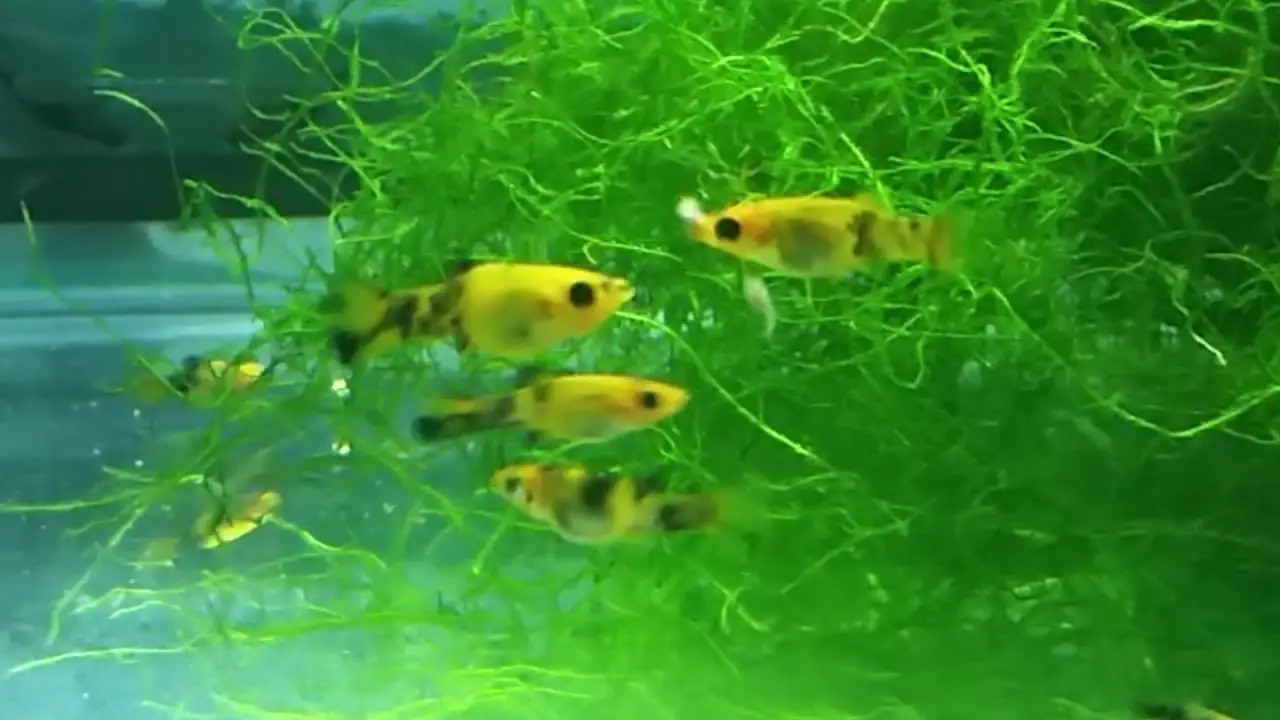
The water temperature plays a vital role in the survival and well-being of Molly-Fry. Maintaining an optimal temperature range between 75-82 degrees Fahrenheit is essential. While higher temperatures can enhance their metabolism and growth rate, they also increase the risk of diseases.
Conversely, lower temperatures can retard their growth and make them more vulnerable to stress. Therefore, it is crucial to monitor and regulate the water temperature to ensure the healthy development of Molly-Fry. Proper filtration and regular water changes can help maintain optimal water conditions for these delicate creatures.
Conclusion
Taking care of Molly Fry requires attention to detail and proper care. From understanding their life cycle to providing the right environment, there are several steps you can take to ensure the health and well-being of these delicate creatures. By creating a safe space for them to grow and thrive, you can witness the beauty of their development firsthand.
Remember to monitor water temperature, introduce them to the main tank at the right time, and be prepared to address common challenges that may arise. With the right knowledge and care, you can enjoy the rewarding experience of raising Molly-fry and contribute to preserving this fascinating species.
Frequently Asked Questions
What Color Will My Molly-Fry Be?
The color of your Molly-Fry will vary based on the genetics of the parents and the specific breed. Standard colors include black, silver, gold, and orange. Remember that the color may change as the fry grows and develops. Researching the breed can give you a better idea of what to expect.
What Are The Benefits Of Fry Mollies?
Fry mollies offer numerous benefits in your aquarium. They are small, adorable, and require minimal care. These little fish help maintain the ecosystem by eating algae and debris. Raising fry mollies can be a rewarding experience that teaches you about breeding fish while watching their growth and development.
What Fish Will You Eat, Molly-Fry?
Larger fish like guppies, tetras, and swordtails threaten Molly-Fry as they may eat them. To prevent predation, it is important to separate the fry from other fish and provide hiding places for them to escape. Consider adding small, non-aggressive fish species that won’t harm the fry.
Do Mollies Give Birth To All Fry At Once?
Mollies do not give birth to all fry at once. Instead, they can give birth to multiple batches of fry over time. It is recommended to separate the fry from adult fish to protect them from being eaten. Mollies are livebearers, meaning they give birth to fully formed fry instead of laying eggs.
What To Do With Molly-Fry?
To ensure the growth and development of molly-fry, it is important to provide them with a separate tank. Feed them small amounts of high-quality food multiple times daily and maintain clean water through regular water changes. Monitor their growth and behavior for signs of health and well-being.

Aquarium passion is all about connecting with the aquatic life and providing education to the public on the importance of these creatures. We showcase a wide variety of marine life through our exhibits as well as working with schools to provide unique learning opportunities for students of all ages.

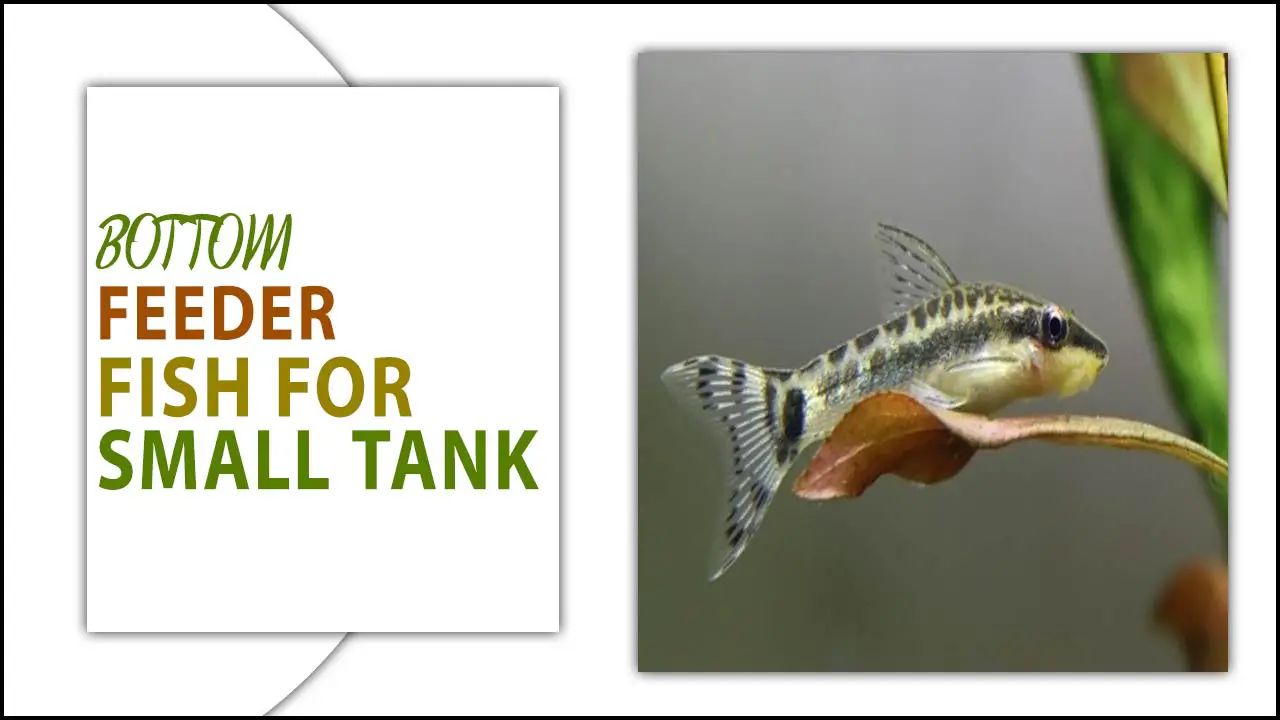

![How To Clean Aquarium After Fish Died [A Complete Guideline]](https://meekbond.com/wp-content/uploads/2022/11/How-To-Clean-Aquarium-After-Fish-Died.jpg)

